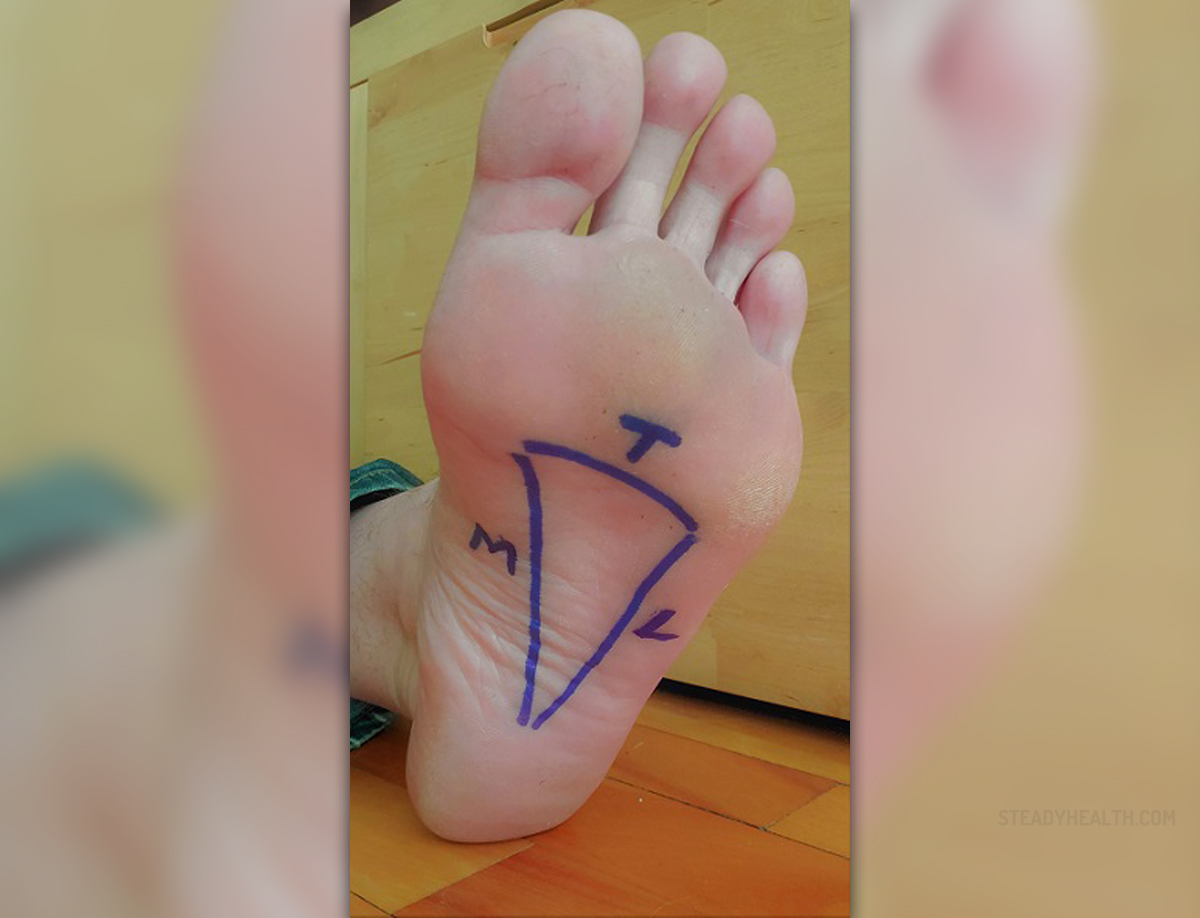

In a small number of cases, other treatments such as physiotherapy or injections may be necessary. wearing well-fitted shoes that support your feet.There are things that can help relieve the pain, including: The pain tends to develop gradually over time and is at its worst when you wake up in the morning and at the end of the day. It most commonly affects people aged 40 to 60 who are overweight or on their feet for long periods of time. Plantar fasciitis is the result of damage to the tough band of tissue (fascia) that runs under the sole of the foot. In some cases, a procedure to remove part or all of the affected nail may be necessary.

#Sudden arch pain in foot skin
It can also be painful if pressure is placed on the toe or the toe becomes infected.Ĭutting your toenails straight across and gently pushing the skin away from the nail using a cotton bud may help improve an ingrowing toenail. The toenail pierces the skin, which can become red, swollen and tender. Ingrowing toenails occur when the sides of the toenail grow into the surrounding skin. Non-surgical treatments are usually tried first, including:Ĭorrective surgery may sometimes be necessary. The big toe points towards the other toes and the big toe joint sticks out, forming a bony lump.īunions can get worse if they're left untreated. They are a common foot problem, particularly in women. It can be painful when wearing shoes and make walking difficult. BunionsĪ bunion is a bony swelling at the base of the big toe. You may need to see a podiatrist or chiropodist. Wearing comfortable, well-fitting shoes can help stop them returning.Ĭorns and calluses don't necessarily improve on their own. Most blisters heal naturally in a few days and don't require medical attention. These conditions can all result in pain and discomfort when you walk.

Below is information on some of the main causes of foot pain. You should see your GP if you're concerned about severe or persistent pain in your feet. Many conditions that cause foot pain can usually be managed by yourself. Foot pain is a common problem with many possible causes.


 0 kommentar(er)
0 kommentar(er)
